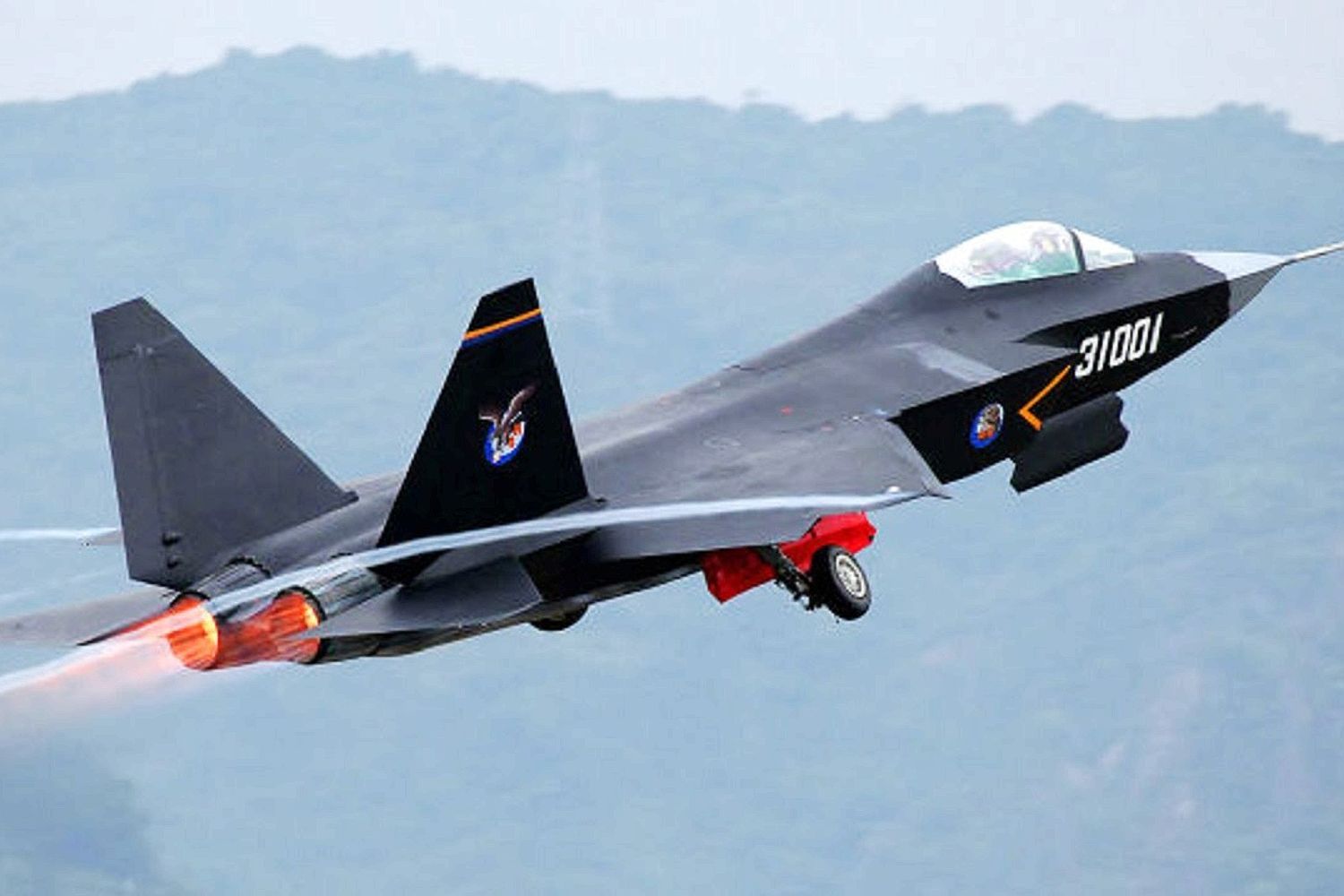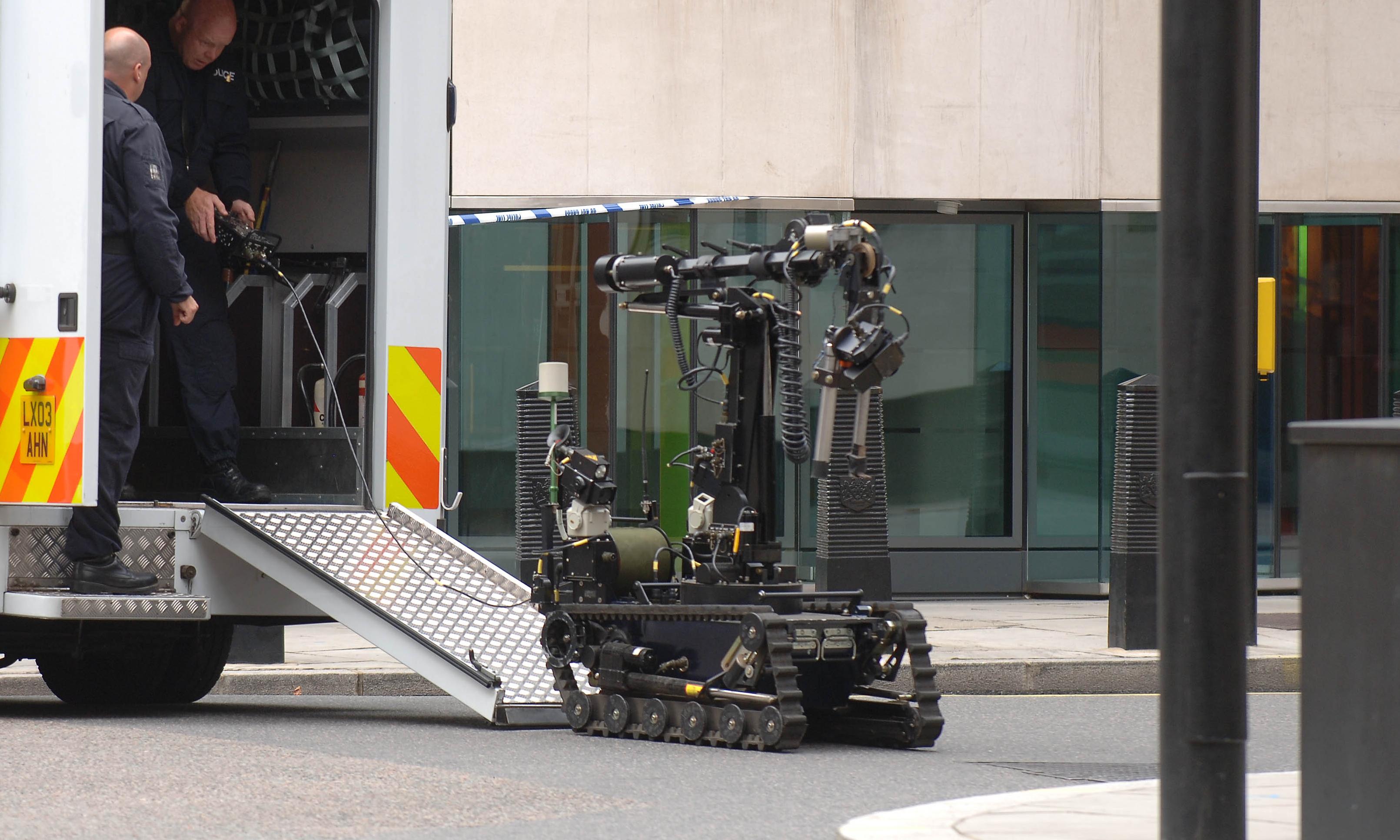Dec 29, 2016
DARPA’s ALIAS aircraft automation program spreads its wings
Posted by Karen Hurst in categories: military, robotics/AI
The age of widespread autonomous flight came another step closer as DARPA announced its Aircrew Labor In-Cockpit Automation System (ALIAS) has completed Phase 2 of its development program. The drop-in, removable kit designed to convert conventional aircraft into advanced automated vehicles requiring fewer crew was installed in two different Cessna 208 Caravan fixed-wing aircraft, a Diamond DA-42 fixed-wing aircraft, and a Sikorsky S-76 helicopter.
According to DARPA, the ALIAS-equipped aircraft successfully completed flight demonstrations as well as responding to simulated flight emergencies while on the ground that included systems failures that could cause pilots to deviate from normal procedures. In both cases, the agency says that ALIAS worked without adversely affecting airworthiness.
ALIAS is intended as a way of automating various military aircraft without making bespoke modifications to each individual plane design. The idea is to develop a kit that can be installed in the cabin of an aircraft, where it can take control and fly missions from takeoff to landing as well as handling emergencies based on existing vehicle information, procedures, and flight mechanics.





 עברית (Hebrew)
עברית (Hebrew)












